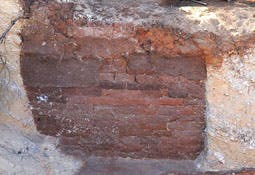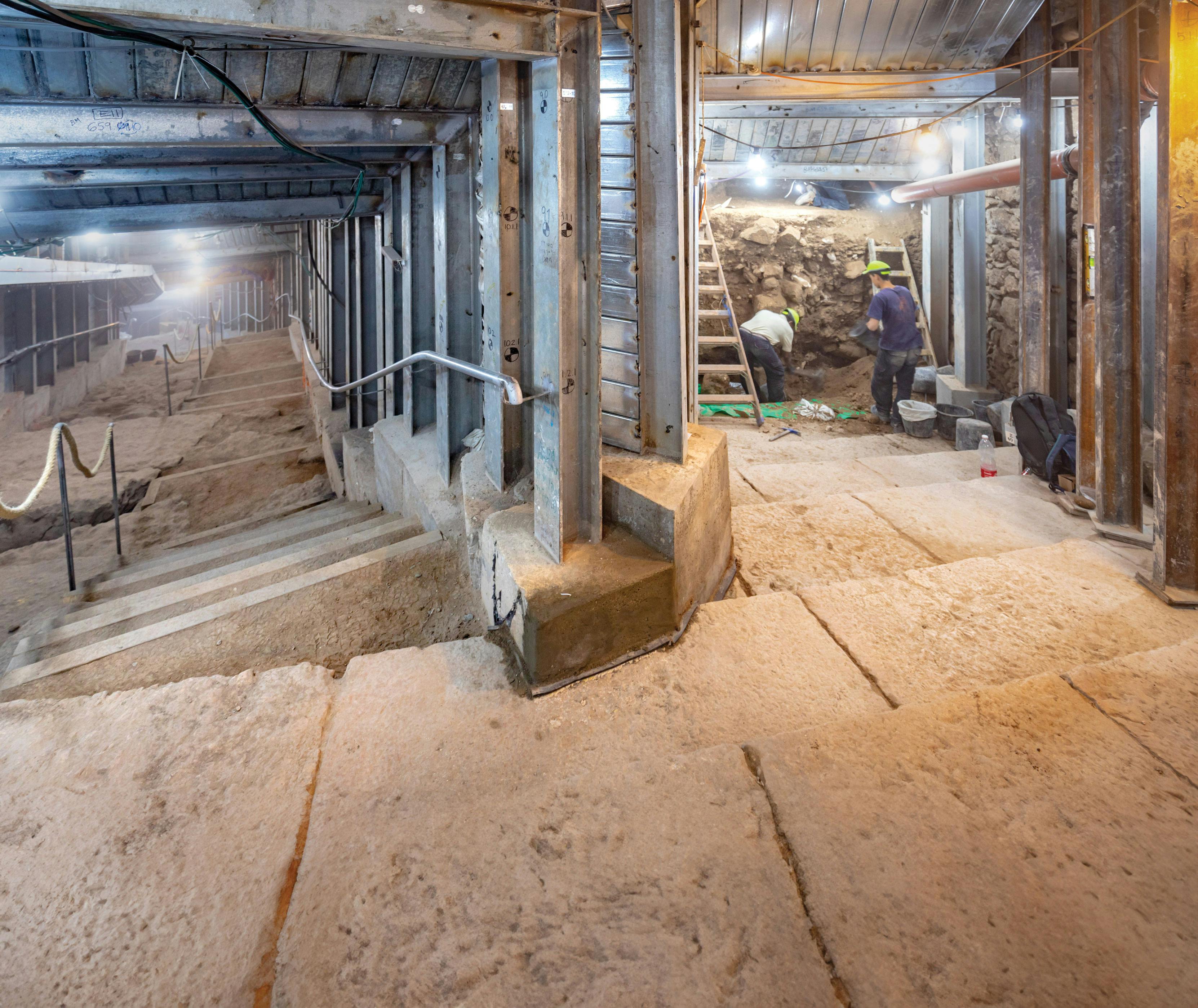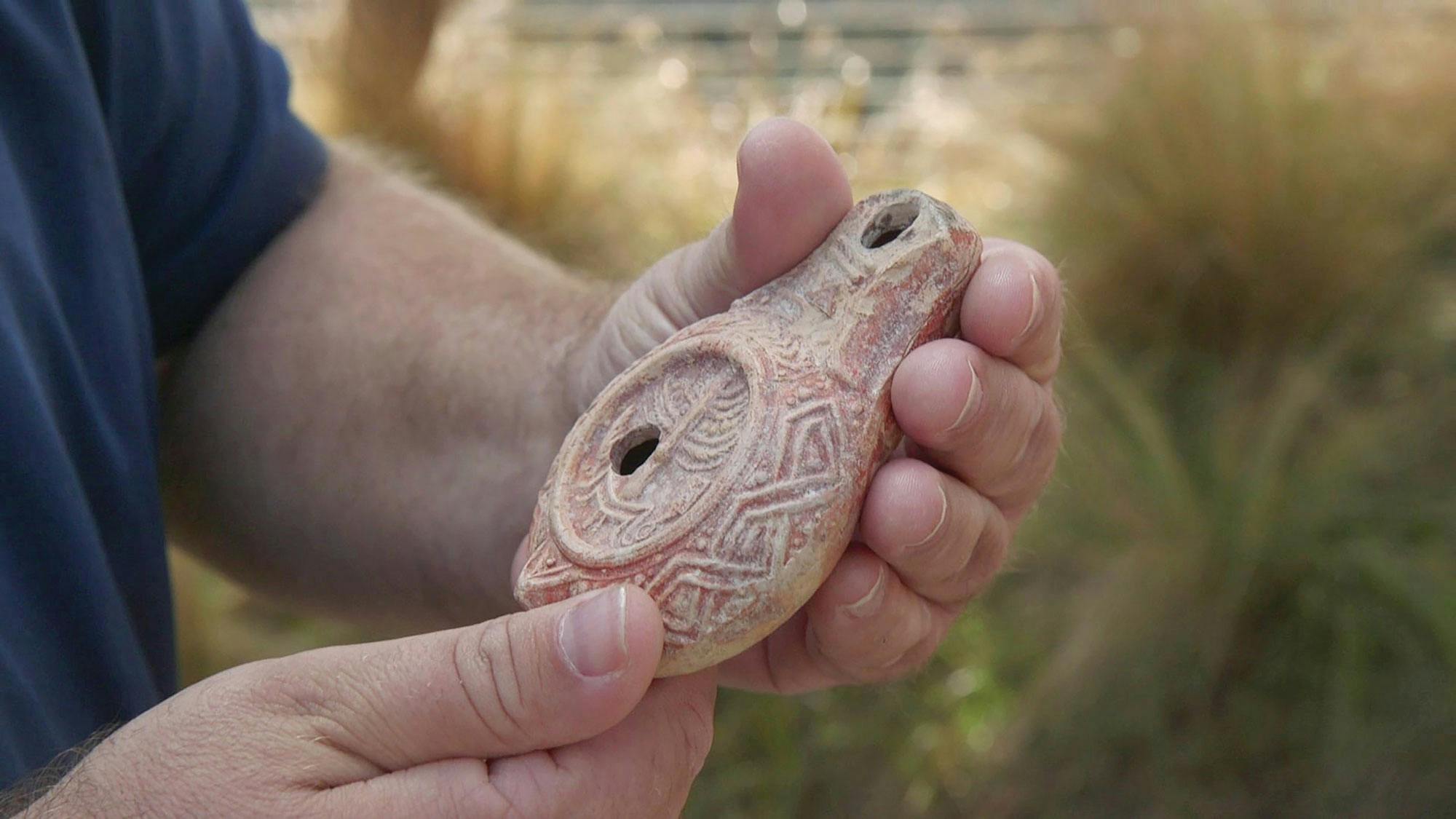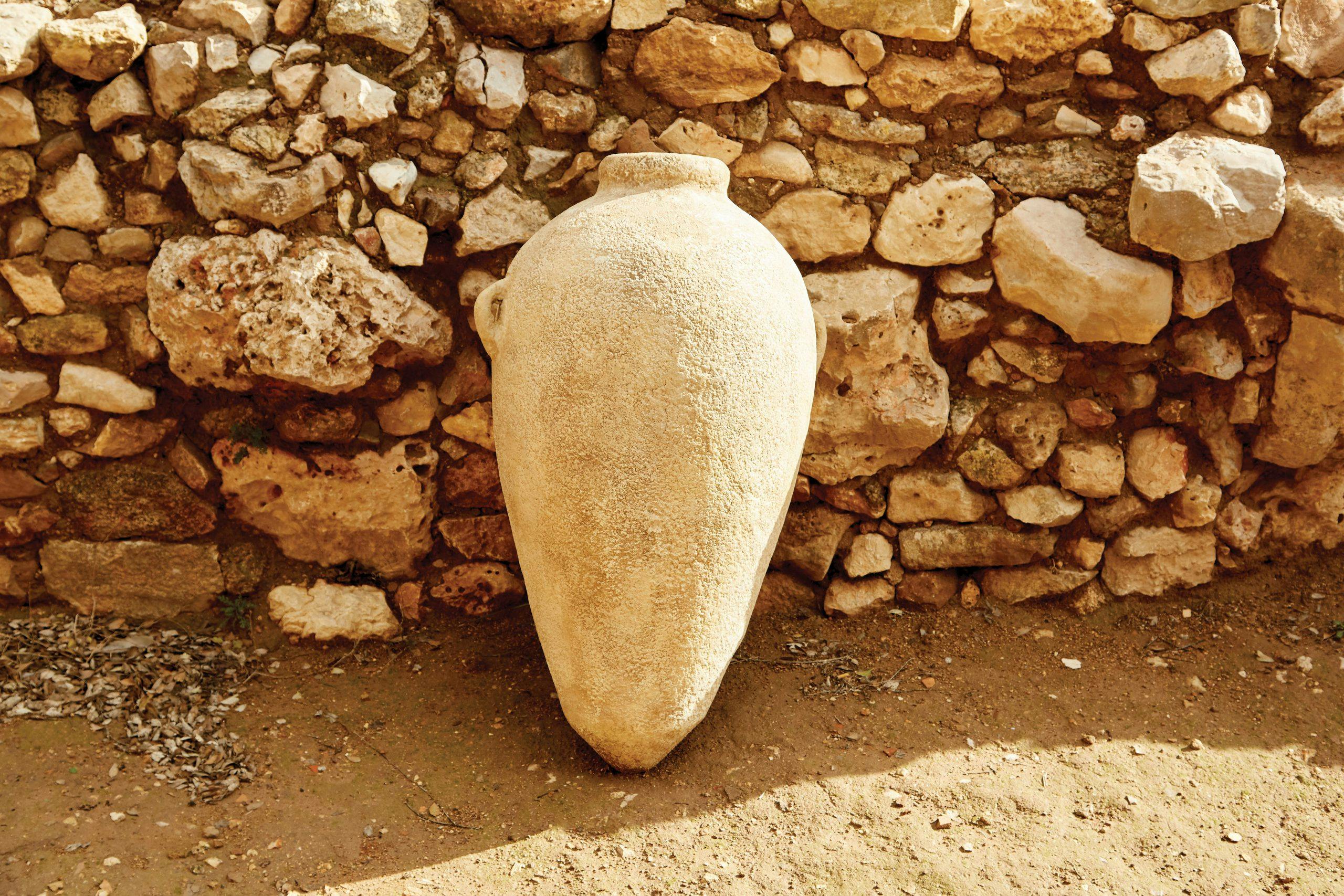Seaport Reveals Its Secrets

Dr. Alexander Fantalkin explained: “We discovered a system of extremely well preserved and imposing fortifications. The wall is extremely large and is surrounded by ramparts. It’s quite unusual to discover such a well preserved location. During the 8th century BC the southern part of the eastern Mediterranean basin was under Assyrian rule, bringing with it power struggles and wars. Philistine Ashdod is cited in Assyrian inscriptions mentioning insurrections and resistance to the Assyrian regime at the end of this period. The Kingdom of Judah, under King Hezekiah, rejected Ashdod’s call to join the insurrection at that time. In response to the rebellion, Philistine Ashdod was harshly punished and was destroyed by the Assyrian rulers. As a result of this insurrection, the center of interest passed from Ashdod itself to Ashdod-Yam, some 3 miles [4.8 km] south of Ashdod. According to Dr. Fantalkin, it can be assumed that the remains of fortifications that are now being uncovered are related in some way to these events.
The Ashdod-Yam site has not previously been excavated other than a few exploratory digs between 1965 and 1968 by the late archaeologist, Dr. Ya'acov Kaplan.
Related Resources

Discover Your Purpose and God’s Heart For You
In today's divided, turbulent world, it's essential for the Church to rediscover God's heart. Our free e-book, authored by a seasoned expert with three decades of experience in Israel, delves deep into the teachings of Jesus (Yeshua) to reveal God’s principles of love and purpose. Learn how embracing these truths can bring significance and impact to your life, even amidst chaos. Subscribe now to receive your free copy and embark on a journey of transformation.




